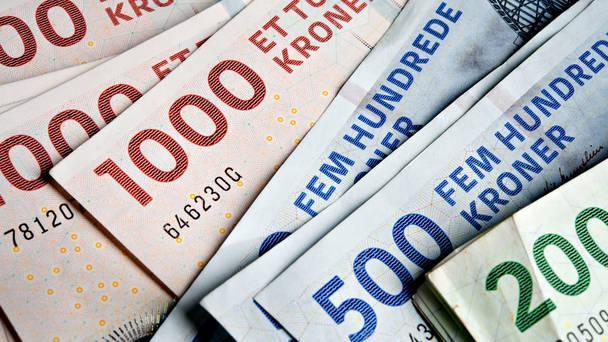I de seneste 10 år har det kostet dyrt at ligge inde med kontanter. Men med rentestigningerne er billedet vendt, skriver Morgan Stanley. Nu kan kontanter eller meget sikre korte obligationer give et afkast på et par procent. 6 måneders amerikanske statsobligationer giver nu 3,25 pct. Så er cash eller det, der ligner cash, ikke bare et forsigtighedsprincip, men en god formuepleje, mener Morgan Stanley. Det kan også føre til en lavere værdiansættelse for aktier, fordi der nu er blevet alternativer.
Is Cash an Efficient Asset Allocation?
Though returns offered by cash have been historically bad over the last 10 years, the tide has begun to turn on cash yields and investors will want to take note.
For much of the last 12 years, the question of whether to hold cash in a portfolio was really a question of negativity. After all, for most of that time, holding cash yielded nothing or less than nothing for those in Europe. Holding it implied you believed almost every other investment option was worse than this low bar.
Unsurprisingly, the low returns offered by cash over this period led to… low returns. For 8 of the 10 years from 2010 through 2020, holding cash underperformed both U.S. stocks and U.S. Treasuries. And while cash is often like stocks and bonds over time, the returns to holding cash since 2010 were historically bad.
But that’s now changing, because cash no longer yields nothing. As central banks have raced to raise rates in the face of high inflation, the return on holding cash or near cash investments has jumped materially. One year ago, a 6 month U.S. Treasury bill yielded 0.04%. It now yields 3.25%.
That is 3.25% for an investment with very low volatility backed by the full faith and credit of the U.S. government. That’s a higher yield than a U.S. 10 year Treasury bond. It is more than double the dividend yield of the S&P 500 stock index. And it’s just a quarter of a percentage point less than the dividend yield on U.S. real estate investment trusts.
It’s important to note that not all short term liquid investments are created equal. While six month U.S. T-bills now yield 3.25%, the average yield on 6 month bank CD’s is less than 1%, and the average U.S. savings account yields just 0.2%. In other words, it pays to shop around. And for those in the business of managing money market and liquidity funds, we think this is a good time to add value and grow assets.
What are the market implications? For equity markets, if investors can now receive higher yields on low risk cash, we think it’s reasonable to think that that should lead investors to ask for higher returns elsewhere, which should lower valuations on stocks. My colleague Michael Wilson, Morgan Stanley’s Chief Investment Officer and Chief U.S. Equity Strategist, sees poor risk reward for U.S. equities at current levels.
More broadly, we think it supports holding more U.S. dollar cash in a portfolio. That’s true for U.S. investors, but also globally, as we forecast the U.S. dollar to continue to strengthen. Holding cash isn’t necessarily a sign of caution, it may simply be efficient allocation to an asset that has recently seen a major jump in yield.


